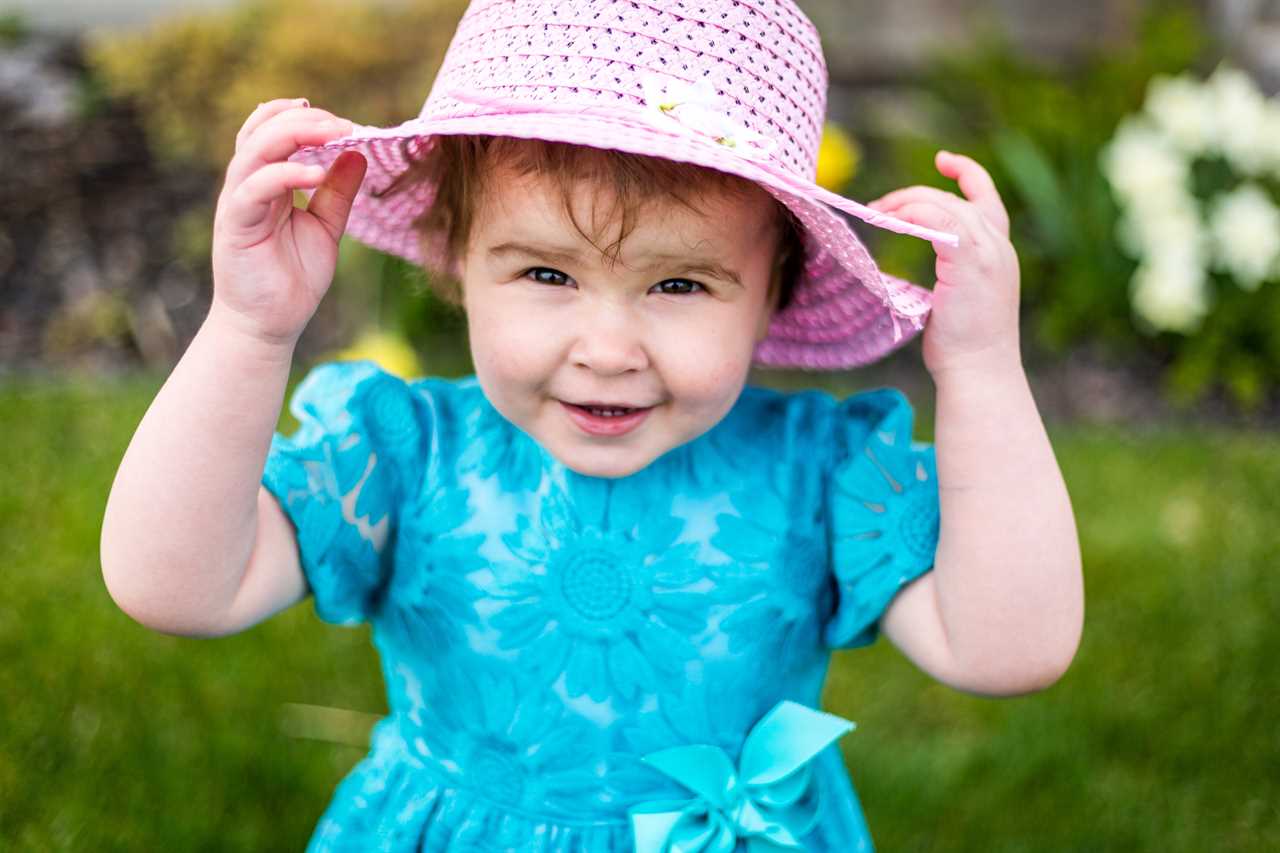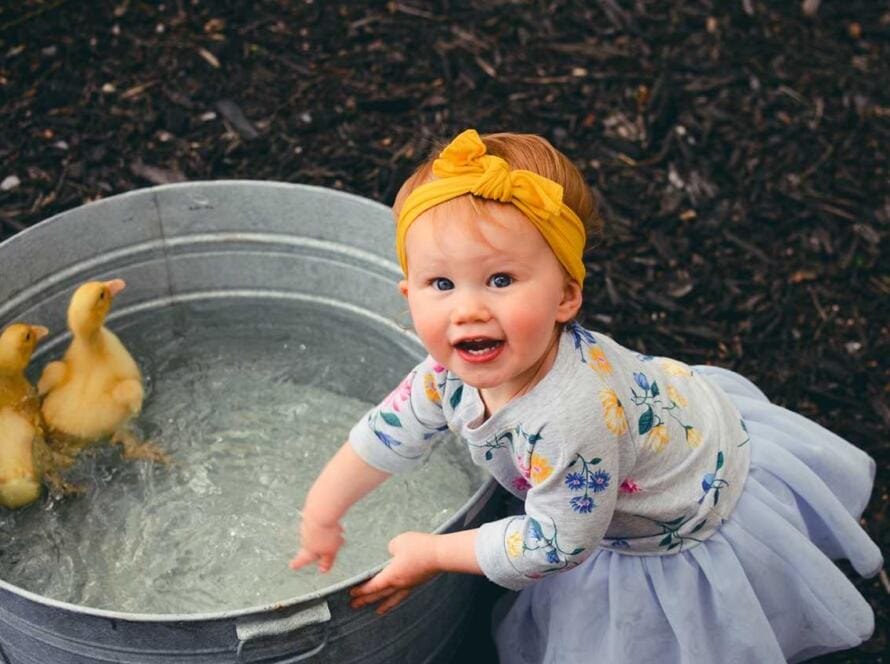Did you know that educational toys play a crucial role in the development of children? According to research, children who engage with educational toys are better able to acquire essential skills such as problem-solving, fine motor skills, and logic.
These toys not only expose children to new concepts but also foster creativity and imagination, making learning a fun and enjoyable experience.
However, it’s important to strike a balance when it comes to the number of toys. Too many can overwhelm children, while too few can lead to boredom.
So, how can you choose the right educational toys for your child? Let’s explore in this article.

Key Takeaways
- Educational toys are important for the development of essential skills and creativity in children.
- It is important to limit the number of toys to avoid clutter and overwhelm.
- When choosing educational toys, consider the child’s age, interests, and the quality of the toys.
- Developmental toys for babies include activity centers, shape sorters, stacking blocks, baby gyms, teething toys, interactive books, musical instruments, unbreakable mirrors, and floor mirrors.
The Importance of Educational Toys
Educational toys are essential for sparking learning and development in children. They help develop skills like problem-solving, fine motor skills, and logic. These toys offer numerous benefits in early childhood development.
They provide a stimulating play environment that encourages exploration, creativity, and imagination. By engaging with educational toys, children can acquire new knowledge and skills in a fun and enjoyable way. Additionally, these toys promote cognitive development, enhance hand-eye coordination, and foster social interaction.
To create a stimulating play environment for children, it is important to choose toys that are age-appropriate and encourage active engagement. Providing a variety of toys that cater to different interests and learning styles can further enhance the benefits of educational play.
Creating a safe and supportive environment where children can freely explore and learn through play is crucial for their overall development.

Finding the Right Number of Toys for Your Child
Having an appropriate number of toys for a child is important to avoid clutter and overwhelm. When it comes to toys, less is often more. Adopting a minimalist toy approach can have several benefits for a child’s development.
Research has shown that having too many toys can actually hinder a child’s development. It can lead to overstimulation and a lack of focus, making it difficult for children to engage deeply with any one toy or activity.
On the other hand, having a limited number of toys promotes deeper engagement and learning. It allows children to fully explore and appreciate each toy, fostering creativity, problem-solving skills, and imagination.
Tips for Choosing the Best Educational Toys
When selecting toys for their child, parents should consider the child’s age, interests, and development level. Choosing age appropriate toys is crucial for their growth and learning. It ensures that the toys are challenging enough to promote development but not too difficult to cause frustration.

Additionally, ensuring toy safety is equally important. Parents must prioritize toys made from high-quality materials that are free from small parts or sharp edges. This helps prevent choking hazards and injuries. Toys should also be durable to withstand playtime, especially for younger children who may be more rough with their toys.
Best Developmental Toys for Babies
Babies can benefit from simple activity centers, which allow them to explore cause and effect and practice gross motor skills. These activity centers, also known as baby gyms, provide a safe and stimulating environment for play and physical development.
In addition to baby gyms, teething toys for babies are also essential developmental toys. Teething toys not only relieve pain and discomfort but also help develop fine motor skills. These toys are specifically designed to be safe for babies to chew on and explore with their hands and mouths.
The best baby gyms and teething toys for babies are made from high-quality materials and free from small parts or sharp edges, ensuring the safety and well-being of the little ones.
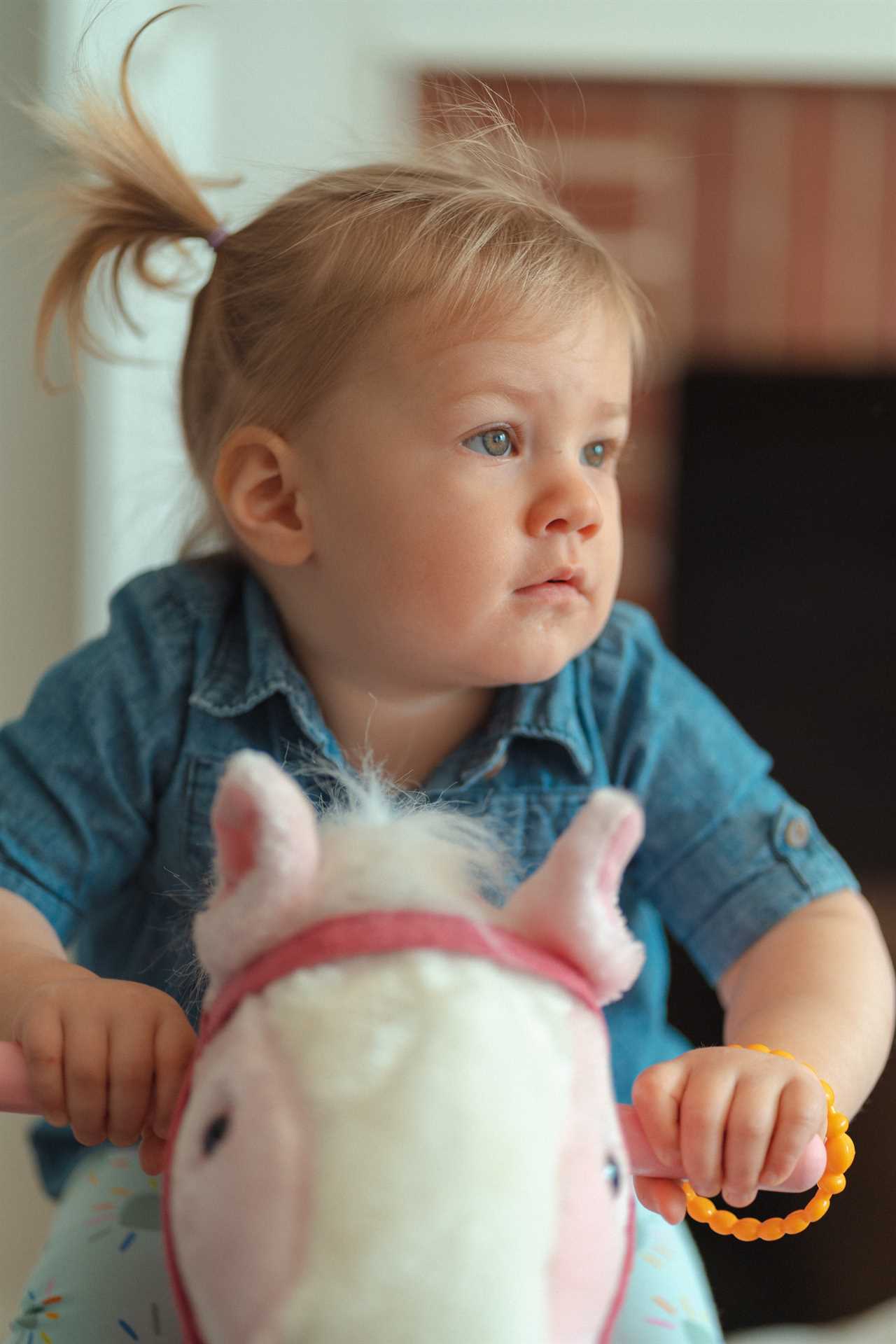
Additional Developmental Toys for Babies
Unbreakable mirrors, designed specifically for babies, play a crucial role in promoting self-awareness and recognition. These mirrors provide an opportunity for babies to engage with their environment by exploring their own reflection. As babies look into the mirror, they begin to recognize themselves and develop a sense of self. This self-awareness is an important milestone in their cognitive and emotional development.
In addition to unbreakable mirrors, interactive books are another valuable tool for stimulating language development in babies. These books offer textures, visual stimuli, and auditory experiences that engage their senses. Babies can touch and feel different textures, look at colorful pictures, and listen to the sound of turning pages. Through these interactive experiences, babies develop language skills, expand their vocabulary, and enhance their cognitive abilities.
Both unbreakable mirrors and interactive books provide babies with enriching experiences that foster self-awareness and language development. By incorporating these toys into their playtime, parents can contribute to their child’s overall growth and learning.
Flashcards: A Fun Tool for Toddlers
Flashcards provide a fun and effective way for toddlers to learn new words and expand their vocabulary. They offer several benefits for early language development.
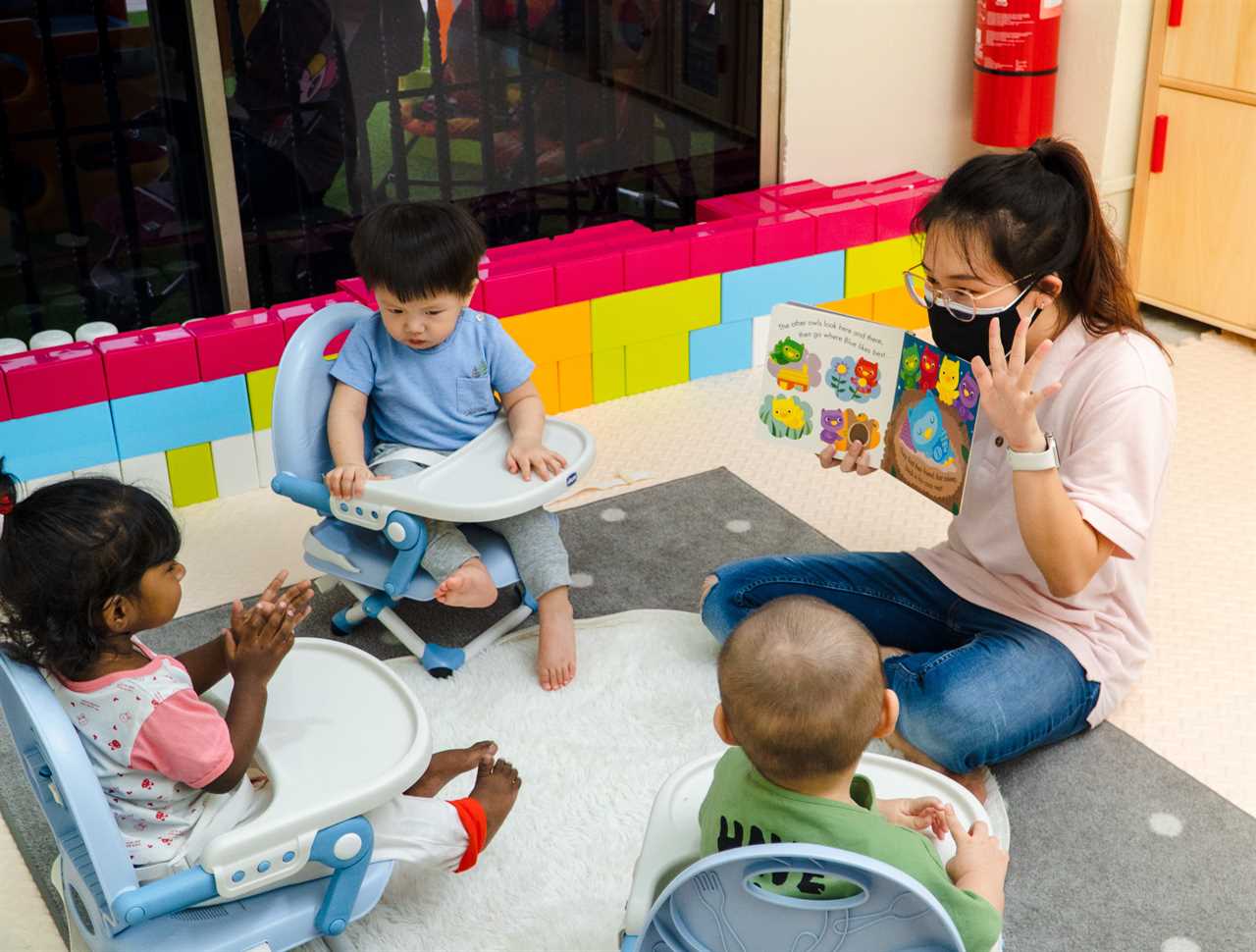
First, flashcards reinforce new vocabulary and stimulate the mind. By associating words with pictures, toddlers can easily identify and remember the meaning of each word.
Second, flashcards can help kids learn their ABCs, as they often feature letters along with corresponding pictures. This helps build letter recognition and phonemic awareness.
When comparing flashcards to interactive books, there are pros and cons to consider. Flashcards are portable and can be used anytime, anywhere, making them convenient for on-the-go learning. On the other hand, interactive books provide a multisensory experience with textures, visuals, and auditory stimulation, which can enhance language development.
Both flashcards and interactive books have their place in a toddler’s learning journey, and combining both can provide a well-rounded approach to language development.

STEM Toys: Building for the Future
STEM toys are engaging young minds and preparing them for the future. These toys focus on the disciplines of science, technology, engineering, and mathematics, and are designed to promote critical thinking, problem-solving, and creativity. By introducing STEM concepts at an early age, children are able to develop skills that will be valuable in their academic and professional lives.
STEM toys come in various forms, such as building sets, coding kits, and robotics. They allow children to experiment, explore, and learn through hands-on activities. These toys not only encourage curiosity and experimentation but also foster a love for learning and discovery.
Moreover, STEM toys provide a foundation for future success in fields that are increasingly reliant on technology and innovation. By engaging young minds with these toys, children are better equipped to navigate the challenges and opportunities of the future. STEM toys are not just toys; they are powerful tools that shape the minds of tomorrow’s leaders.
Board Games: Fun and Educational for Toddlers
Board games provide toddlers with a fun and educational way to develop hand-eye coordination, critical thinking, and the ability to follow rules. They also offer opportunities for social interaction and cognitive development.

Social Interaction: Board games encourage toddlers to play with others, promoting social skills such as taking turns, sharing, and cooperation. This interaction helps them develop communication and problem-solving skills.
Cognitive Development: Playing board games requires toddlers to think strategically, make decisions, and solve problems. They learn to plan ahead, analyze situations, and think critically. These cognitive skills are essential for their overall development and future learning.
Following Rules: Board games teach toddlers the importance of following rules and respecting boundaries. They learn about fairness, patience, and self-control.
Quality Family Time: Board games provide a chance for families to bond, have fun, and create lasting memories together.
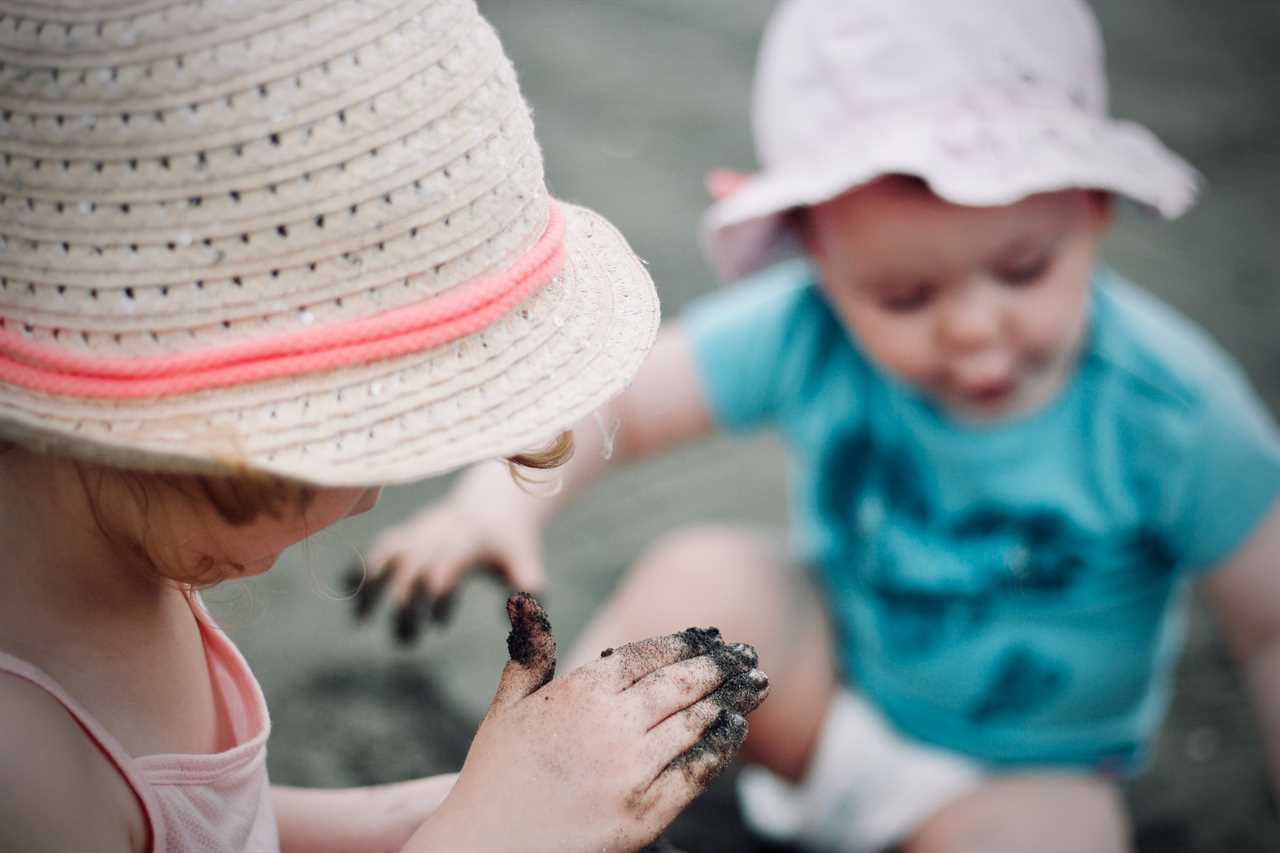
Playing board games with toddlers not only enhances their cognitive abilities but also fosters social interaction and strengthens family relationships.
Drawing Mats: Unleashing Creativity in Toddlers
Unleashing creativity in toddlers, drawing mats provide a large surface and various textures and colors for them to explore and practice their fine motor skills. These mats offer numerous benefits for young children’s development.
By using drawing mats, toddlers can express themselves freely and engage in imaginative play. The large surface allows them to experiment with different shapes, lines, and colors, fostering their artistic abilities. The various textures and colors stimulate their sensory perception and enhance their cognitive development.
Drawing mats also help toddlers practice gripping and controlling drawing tools, improving their fine motor skills. Furthermore, these mats are easy to wash, making cleanup a breeze. Portable and lightweight, they can be easily shared with friends and family, encouraging social interaction and creative collaboration.
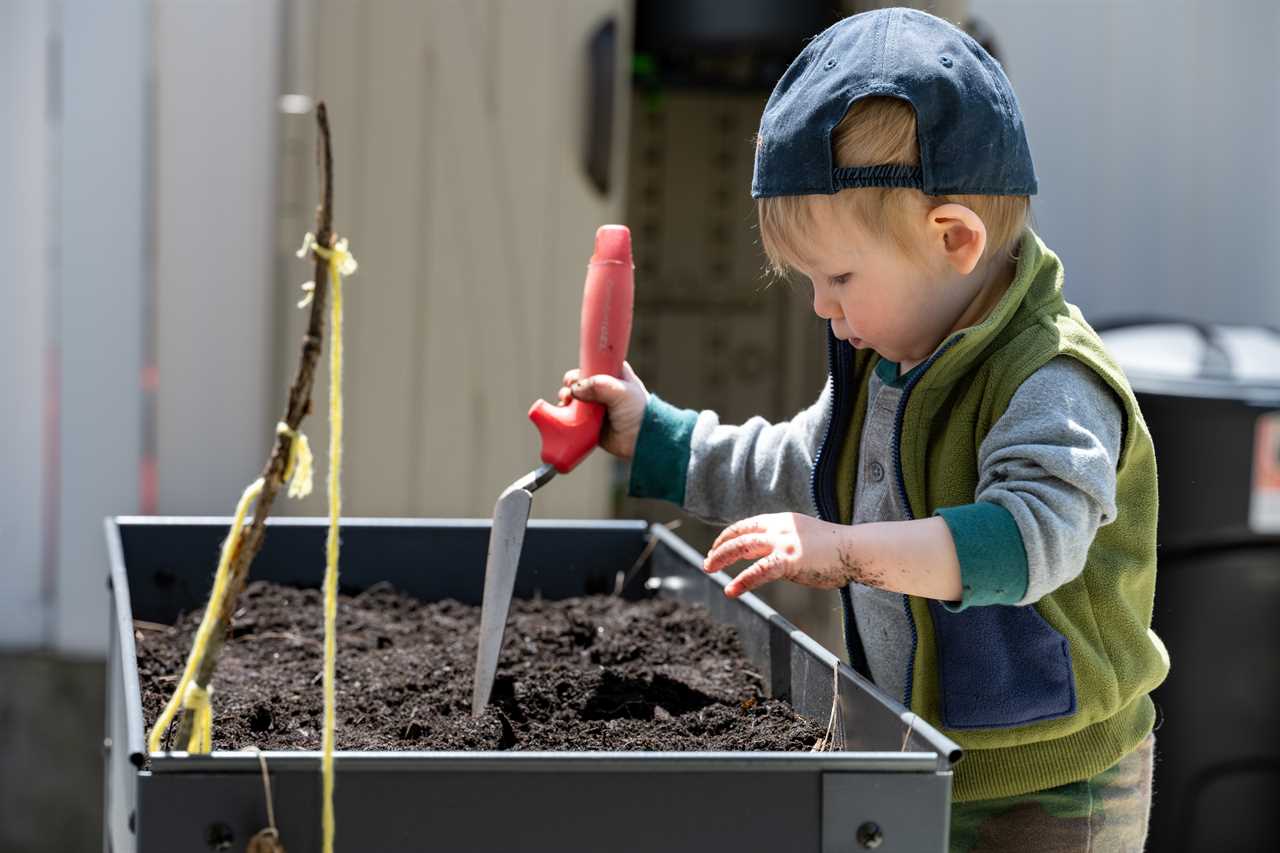
Overall, drawing mats are an excellent tool for unleashing creativity and promoting holistic development in toddlers.



